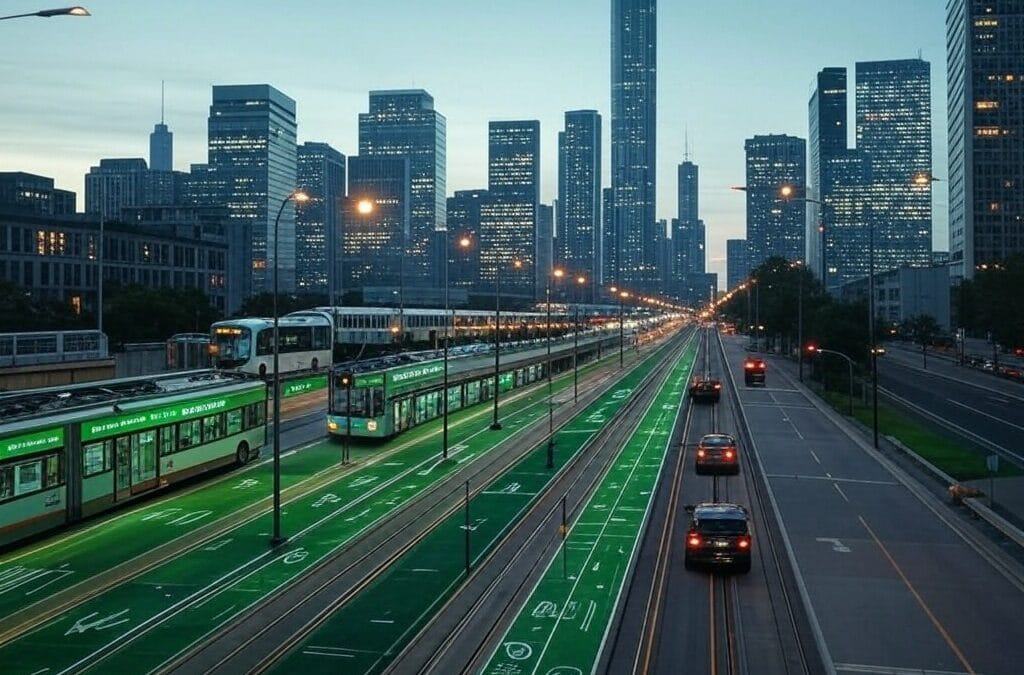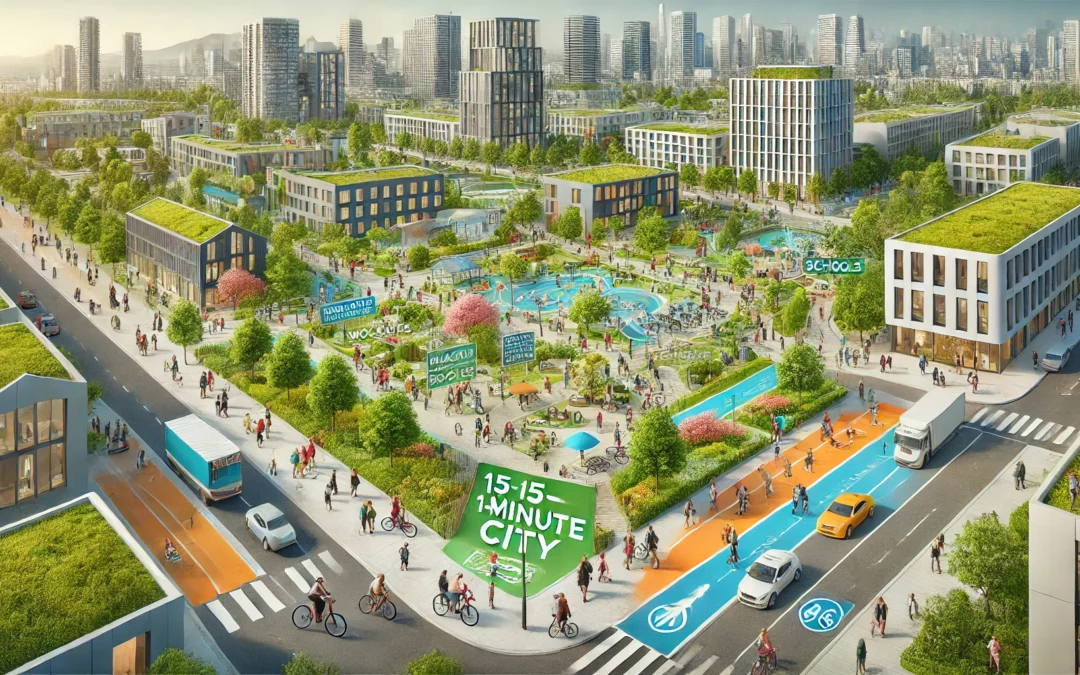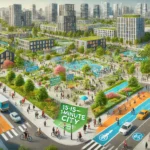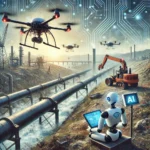
by Rahimeh Monemi, PhD | Feb 23, 2025 | Electric Vehicles, Emission Reduction, Glossary, Green, Sustainable Logistics
In an era defined by rapid technological change and escalating environmental challenges, the electrification of transportation stands at the forefront of the mobility revolution. As cities and nations strive to decarbonize and enhance efficiency, sustainable...

by Rahimeh Monemi, PhD | Dec 7, 2024 | Glossary, Green, Land Transport, Logistics, Mobility, Sustainability, Urban Mobility
Urban mobility is undergoing a transformative evolution as cities strive to balance growth, sustainability, and technological innovation. For citizens, governments, and businesses alike, understanding these trends is essential to designing smarter, greener, and more...

by Rahimeh Monemi, PhD | Nov 3, 2024 | Glossary, Mobility, Sustainability, Urban Mobility, Urban Transport
The concept of the “15-minute city” has been gaining momentum as cities seek to create more sustainable, accessible, and resilient urban environments. This approach envisions an urban design where essential services—such as work, education, healthcare, and...

by Rahimeh Monemi, PhD | Sep 13, 2024 | Corrosion, Glossary, Oil and Gas, Pipeline, Predictive Maintenance
Pipeline infrastructure—whether for water, gas, or oil—is subject to constant wear and tear from both environmental factors and operational stress. Corrosion, cracks, and other forms of damage can lead to catastrophic failures if left undetected. While many companies...

by Saeed Majidi Parast | Sep 12, 2024 | Glossary, Predictive Maintenance, Railway, Sustainable Logistics, Urban Transport
Railway track superstructure components such as rails, sleepers, fastenings, and ballast are prone to various defects. Traditionally, these defects were identified through visual inspections and other manual methods. However, with the increasing length of railway...











